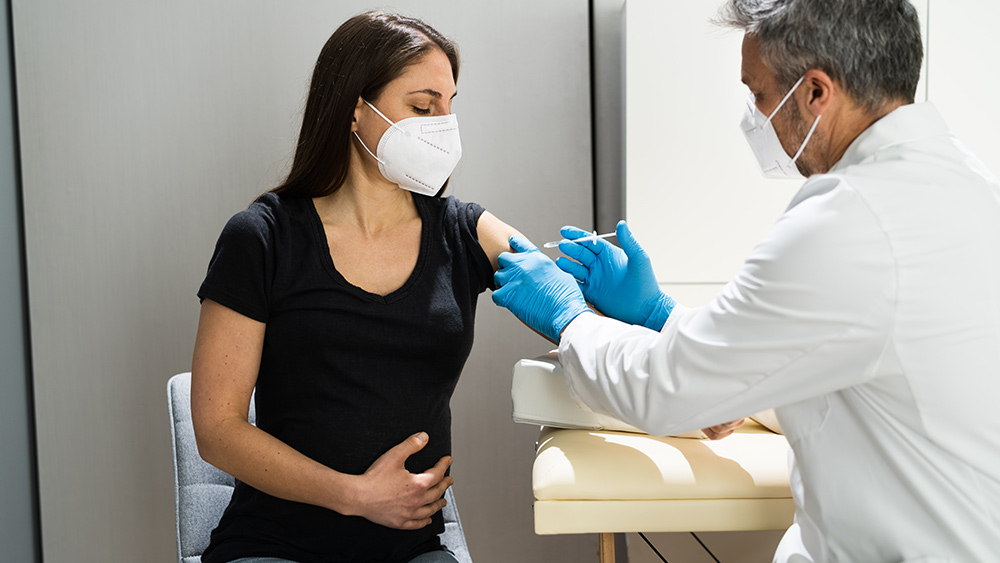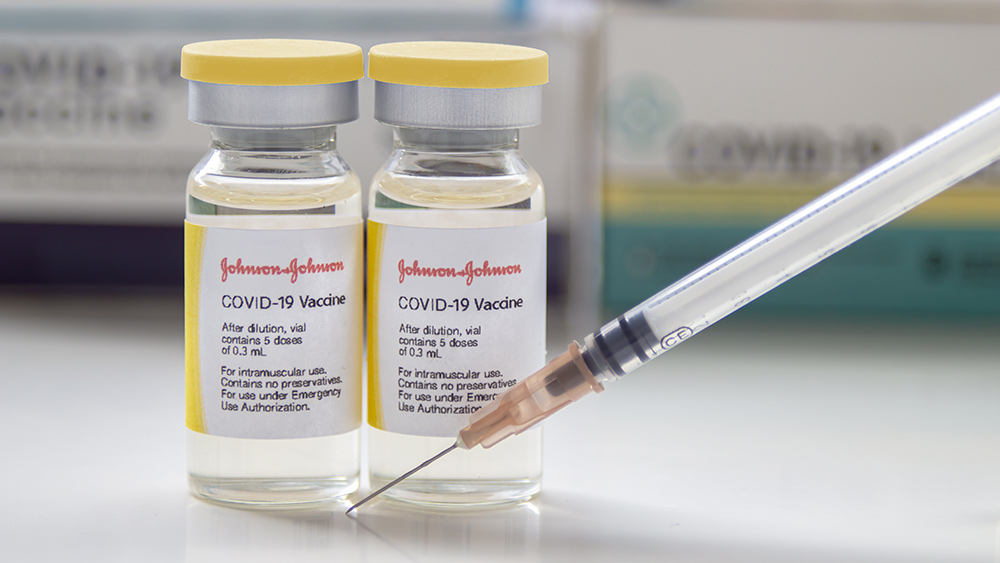Under pressure: Doctors are pressured to recommend opioids when asked much later in the day
01/18/2021 / By Michael Alexander

Patients may be more likely to receive prescriptions for opioids when they come in for checkups and appointments later in the day — even when they don’t really have a need for the drugs.
According to the researchers, this could be linked to the daily pressures and time constraints that doctors face, which could interfere with their decision-making process.
As described in JAMA Network Open, the research team took data from 678,319 primary care appointments, all of which were related to health issues related to pain, such as headaches, back pains, joint diseases, musculoskeletal conditions including fibromyalgia and other pain syndromes. None of the patients had received an opioid prescription in the past 12 months.
They grouped the appointments into sets of three, with the number of appointments capped at a maximum of 21 per day. They then collated information on the lateness of appointments in 10-minute increments.
The researchers found that as the appointments progressed through the day, the more the doctors prescribed opioid-based medicine to the patients, noting that it became even more frequent once the doctors started running behind their schedules.
The likelihood that a patient would end up getting an opioid prescription by the end of his appointment increased by 33 percent as the workday progressed, with the likelihood further increasing by 17 percent as the patients’ appointments ran behind their schedule.
Pattern not present in NSAIDs
Interestingly, however, the same pattern was not present when it came to prescribing nonsteroidal anti-inflammatory drugs or when referring patients for physical therapy sessions. (Related: No good reason for the opioid epidemic: Clinical trial showed no “significant difference” in pain relief for treating arm or leg pain using opioids vs non-opioids.)
Hannah Neprash, a researcher at the University of Minnesota and the study’s corresponding author, noted that their findings suggest that clinical decision-making can be influenced by external factors such as stress and time constraints, making them more likely to prescribe opioids to their patients even though these drugs have not been determined by the Centers for Disease Control and Prevention (CDC) as first-line therapies for chronic pain.
According to Neprash, their findings helped back up the widespread perception that it is much easier for healthcare providers — especially when they are pressed for time — to provide and write up a “quick fix” for their patients rather than engage in meaningful conversations with them.
Possible solutions to this problem include spreading out appointments or requiring documentation of shared-decision making discussions that can help prevent both doctors and patients from rushing into unnecessary opioid prescriptions.
This is important since there is a growing epidemic of opioid abuse in the U.S. — an epidemic that has already claimed an estimated 450,000 lives.
These deaths, according to the CDC, have been linked to both prescription medication and illicit drugs.
Neprash, in a statement, noted that she has plans to expand the research in order to test whether appointment timing makes a difference with other medical decisions, such as the prescription of antibiotics and chronic disease management.
Opioids are drugs that come with an exhaustive laundry list of side effects including addiction. This means that it must not be prescribed willy-nilly without any proper consultation with one’s healthcare provider.
For more stories on the opioid epidemic, visit Opioids.news.
Sources include:
Tagged Under: addiction, Big Pharma, medical violence, opioid addiction, Opioids, Prescription drugs, toxic drugs
RECENT NEWS & ARTICLES
COPYRIGHT © 2017 BIG PHARMA NEWS





















